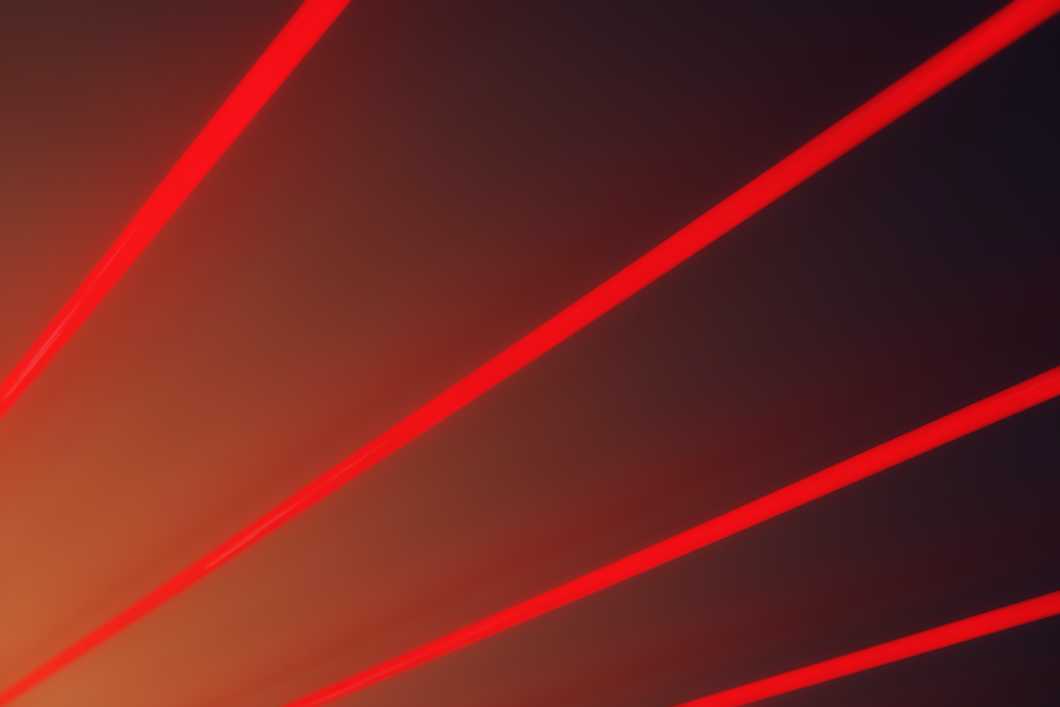Laser diffraction
Laser diffraction (LD) is one of the most commonly used particle size distribution analysis methods due to its ease of use, wide range of size detection (~0.01 µm to 2 mm), and compatibility with various sample materials. It is used in numerous industries, from pharmaceuticals and cosmetics to construction materials, food processing, and environmental monitoring.

Some of our laser diffraction services
Particle size distribution by laser diffraction (dispersions)
Particle size distribution by laser diffraction (solid samples)
Droplet size analysis for sprays
Prices excluding VAT.
- Fast turnaround times
- Personal service from method experts
- Competitive prices
- Result accuracy guarantee
What is laser diffraction used for?
Laser diffraction is a popular way to determine the particle size distribution in liquids and dry powders for quality control and process optimization purposes. It is commonly used for particle size analysis during the production of pharmaceuticals, chemicals, food, and construction materials. Laser diffraction can also be used for environmental monitoring to characterize particulate matter in various media, including soil, sediment, and sludge samples.
How does laser diffraction work?
The operating principle of laser diffraction is based on the indirect calculation of particle sizes from the diffraction patterns of particles. During the analysis, a laser beam is passed through the sample, and the intensity of light scattered from the suspended particles is measured as a function of scattering angle, light wavelength, and light polarization. A mathematical model based on the Fraunhofer and Mie theories is then applied to determine the particle size distribution.
When laser light interacts with particles, it scatters in patterns. According to Fraunhofer diffraction theory, larger particles scatter light with high intensity at smaller angles, while smaller particles scatter light with lower intensity at larger angles. A laser diffraction instrument calculates the particle size distribution by measuring the intensity and angles of the scattered light. For a more accurate analysis, especially for small particles, Mie theory can be applied to account for refraction and reflection in addition to diffraction. To apply Mie theory, the refractive index of the particles and the medium must be known.
Sample selection and preparation
Laser diffraction is suitable for wet and dry samples. Dry samples can be analyzed in an air stream, with the equipment’s recirculation system ensuring total homogenization. Alternatively, they can be dispersed in a suitable, non-solvating liquid medium. The droplet size of liquids sprayed from hand pumps, nozzles, and aerosols can also be measured.
Advantages and limitations
Laser diffraction has a wide dynamic range, as it can detect particles from ~0.01 µm to 2,000 µm. It is also a cost-efficient, fast, and reproducible method for routine PSD analysis, and can be conducted according to an international standard (ISO 13320).
The most notable limitation is the assumption that all signals originate from ideally spherical particles, making laser diffraction unsuitable for particle shape determination. Irregularly shaped particles, particularly ones with a high aspect ratio, also induce broad size distributions as both width and length are counted as individual particles.
More suitable methods for non-spherical particles include size and shape analysis with an image analyzer and scanning electron microscopy (SEM).
Need a laser diffraction analysis?
Measurlabs offers particle size analyses using laser diffraction and several other analytical methods, including dynamic light scattering and SEM. We offer short turnaround times and competitive prices especially for recurring routine analyses and large sample batches. Contact us through the form below to request a quote.
Suitable sample matrices
- Cosmetic raw materials
- Pharmaceutical formulations
- Carbon black powder and graphite
- Sediment and silt
- Pigments and dyes
- Coating materials
- Food and feed
- Particles and droplets sprayed from nozzles, aerosols, and hand pumps
Applications of laser diffraction
- Pharmaceutical industry: ensuring consistent particle size in drug formulations
- Chemicals: tuning particle size to achieve desired size-driven properties
- Food and feed: ensuring and maintaining texture and quality of powdered formulations
- Construction materials: controlling the particle size of cement, sand, and similar materials to ensure proper performance
- Environmental: measuring particle size of soil, sediment, sand, and airborne particulates to assess environmental quality
Ask for an offer
Fill in the form, and we'll reply in one business day.
Have questions or need help? Email us at info@measurlabs.com or call our sales team.
Frequently asked questions
Measurlabs offers a variety of laboratory analyses for product developers and quality managers. We perform some of the analyses in our own lab, but mostly we outsource them to carefully selected partner laboratories. This way we can send each sample to the lab that is best suited for the purpose, and offer high-quality analyses with more than a thousand different methods to our clients.
When you contact us through our contact form or by email, one of our specialists will take ownership of your case and answer your query. You get an offer with all the necessary details about the analysis, and can send your samples to the indicated address. We will then take care of sending your samples to the correct laboratories and write a clear report on the results for you.
Samples are usually delivered to our laboratory via courier. Contact us for further details before sending samples.